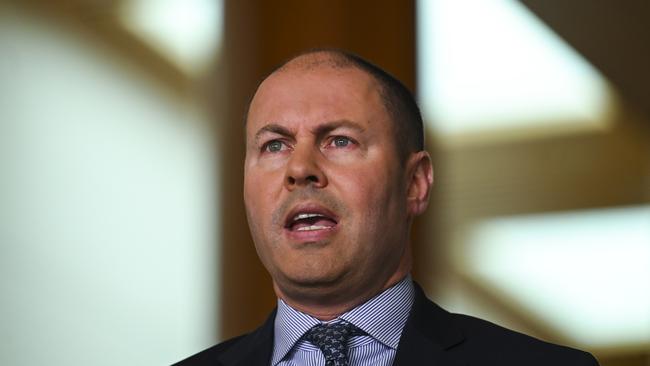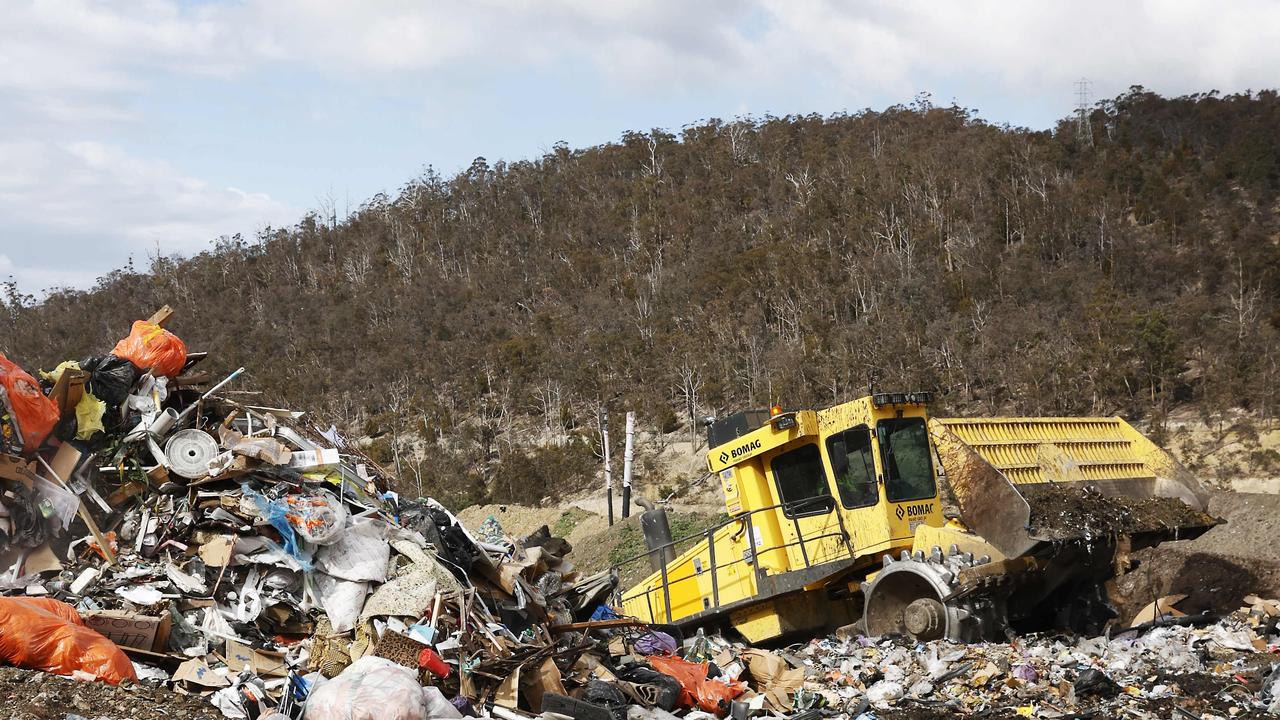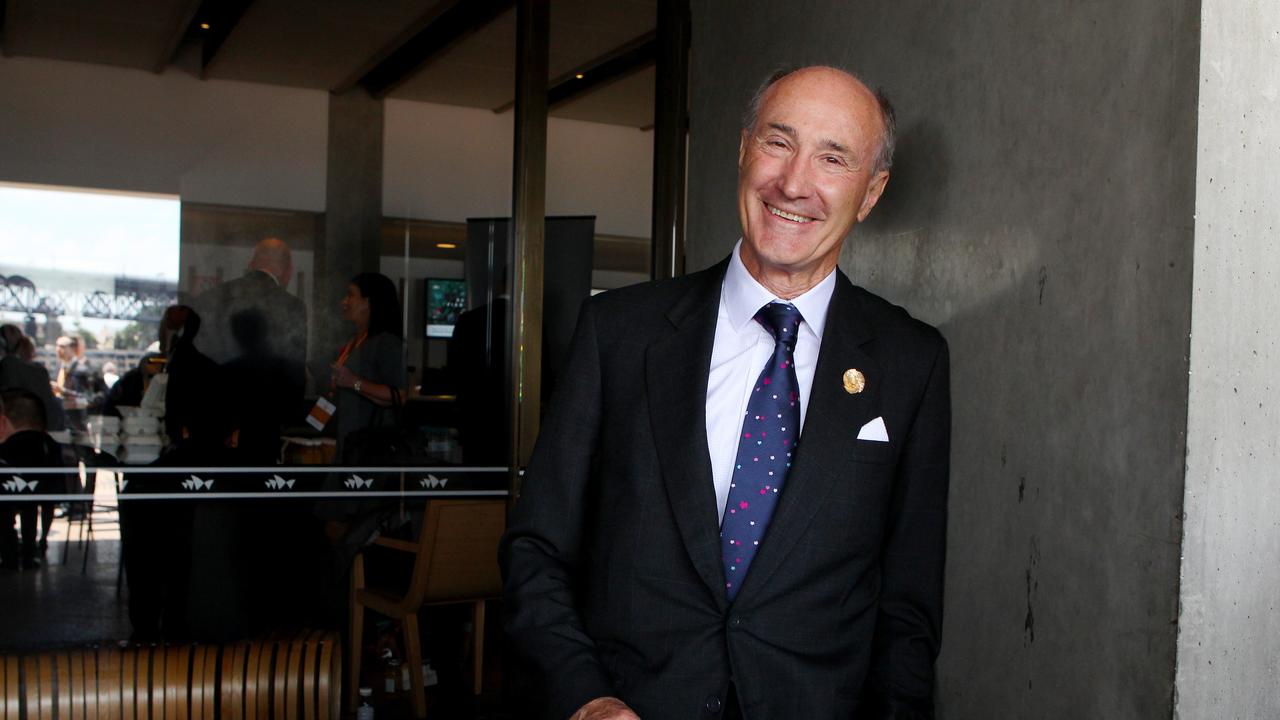Coming soon: the great debt monetisation

Scores of smaller countries are being forced to increase health spending and are doing what they can to support those thrown out of work by lockdowns and illness, so add a couple of trillion to the total cost to world governments of the coronavirus.
Global government debt going into the crisis was $107 trillion, so the increase due to the coronavirus is about 14 per cent … so far. None of it is going to be repaid.
Most of the debt will be owned by central banks and they will either quietly make it disappear, or roll it over and decorate their balance sheets with it forever, like pictures of past governors on the hallowed walls.
There were a few attempts after the GFC to impose fiscal austerity to return budgets to surplus and start repaying debt, especially in Europe, but these mostly proved disastrous and had to be offset with feverish monetary easing.
That was what happened in Australia, although the monetary easing here was more stately than feverish, and the return to surplus a brief but lovely fantasy.
As a result, global government debt has doubled since 2009. In Australia it has more than tripled from $147bn to $556bn, so it’s a good thing we had a conservative, anti-debt government these past seven years.
After the coronavirus crisis there will be no fiscal austerity and no attempt to rush back into budget surpluses, unless of course the virus lets us get back to normal in time for the AFL grand final, which would be nice but unlikely.
Nevertheless, that appears to be what the IMF is assuming in its quarterly World Economic Outlook issued this week, in which it forecasts a 3 per cent contraction for world GDP in 2020, followed by a whopping 5.8 per cent expansion in 2021. For Australia the forecast is minus 6.7 per cent this year, followed by plus 6.1 per cent next year.
Understandably Treasurer Josh Frydenberg quickly spruiked this as evidence that his fiscal stimulus packages are “decisive”, which is a bit like saying the budget has returned to surplus next year.
The IMF also offers three “alternative scenarios” that are worth some attention: 1. The outbreak lasts longer this year; 2. There’s a new outbreak in 2021; and 3. Both of the aforementioned. If any of these scenarios is what actually happens, then global GDP growth remains negative for as long as IMF forecasts, which is until 2024.
In other words, a four-year global depression. I’m no epidemiologist, but it seems to me as likely, if not more likely, that one of those three alternative scenarios prevails rather than the IMF’s base case, which is that we’re eating pies at the footy within six months.
Of course if Australia’s real GDP does grow by 6.1 per cent in 2021, and nominal GDP by 7.9 per cent, as predicted, the Morrison government will be rolling in cash and austerity won’t be required.
If it doesn’t, and one of the three alternative scenarios prevails instead, then any attempt to return the budget to surplus would be both catastrophic and pointless.
To be clear, it’s binary: either the virus goes away quickly, which means happiness and renewed prosperity next year, or it’ll be depression and government deficits for so long that unemployment will reach 20 per cent and central banks will have to monetise the government debt to pay everyone living incomes — that is, they will print money to buy it and then cancel it. Or perhaps they will end the pretence and directly fund government spending, as the Bank of England is already doing for the British government.
Governments are basically spectators as central banks and COVID-19 fight it out.
Well, it’s not a fight — the virus will do what it does, lockdowns and social distancing will either work or not, and central banks will pick up the cost, whatever it is. Most governments still cleave to the fiction that they are borrowing the stimulus money, to be repaid, but that has not been true for a decade.
The assets of the four major central banks — Fed, ECB, BoJ and PBoC — now total $US21 trillion, $US14 trillion more than in 2008. The assets are mostly government bonds, but especially in Japan, include some corporate debt and equities. Both the Fed and the ECB have now started buying corporate debt as well.
By the end of this year we’re talking well above $US30 trillion, and to misquote what US congressman Everett Dirksen is supposed to have said (but didn’t, he was misquoted): “A trillion here, a trillion there, and pretty soon you’re talking real money.”
Next question: will all that extra money cause inflation? Yes, of course it will, but it’s a story for 2025, or beyond.
It is not the first time the state has used the money-printing presses to pay for huge spending. It happened in the French Revolution, Germany’s Weimar Republic, Mugabe’s Zimbabwe and more recently in Venezuela.
Consumer price inflation is a function of supply and demand. Money tends to inflate demand, but if supply is insufficient, or controlled by cartels, prices rise.
After the GFC, the money creation (quantitative easing) of central banks inflated the demand for assets but not consumption, because it mostly found its way into the hands of those who buy assets, but consume comparatively little (the rich).
This time the political classes are in control of the process, rather than banks, and are trying to ensure that those who consume (the poor) will get the cash.
If the demand so generated precedes supply, prices will rise, but not for a while.
As my friend Jonathan Pain wrote of the United States in his market commentary this week: “Which would you rather have … a nation of 330 million people with 500 million guns (I have no idea what the number is) in a state of total anarchy and mass depression, both economic and psychological, or a nation with 5 per cent inflation?”
Actually it’s 400 million guns, Jonathan, still more than one each, and there have been lines outside gun stores lately, as well as food banks.
I say: go inflation.
Alan Kohler is the editor-in-chief of Eureka Report



A bit more than $13 trillion has been committed to fiscal rescue by the governments of 15 major countries, most of it by the US and Europe.